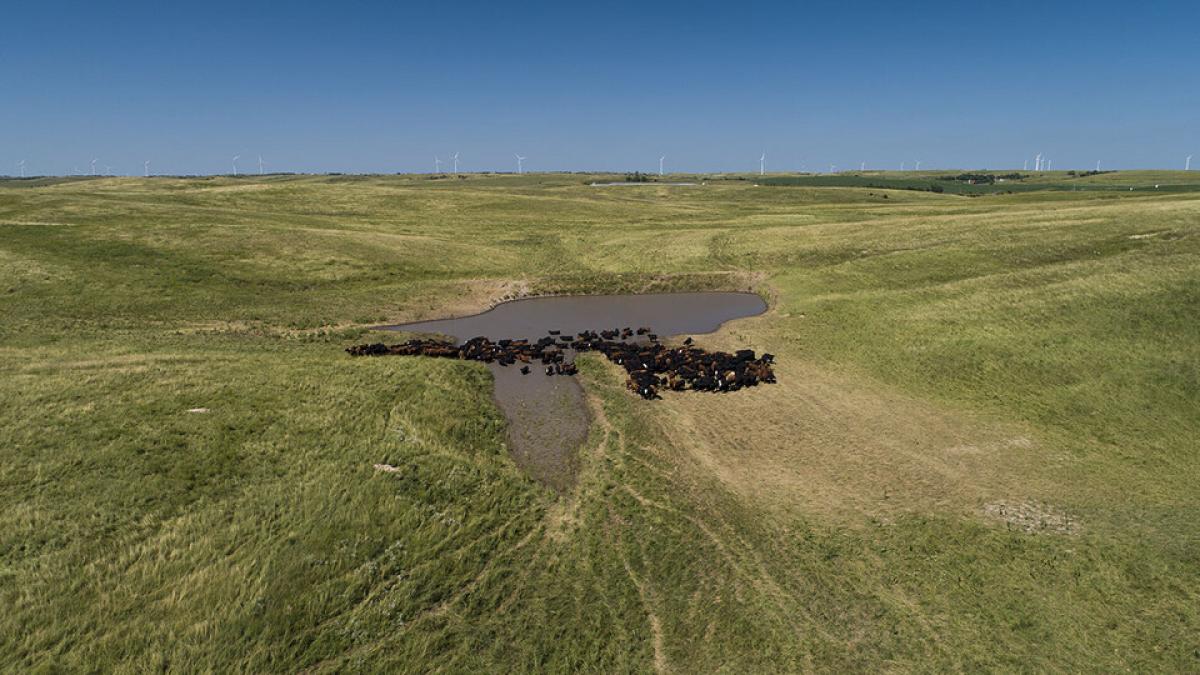The 2021 Nebraska Farm Real Estate Market Survey revealed that current crop prices, interest rates and purchases for farm expansion contributed to higher land values, as did non-farm investor land purchases and federal farm program payments, according to respondents. (Craig Chandler/University Communications).
The market value of agricultural land in Nebraska increased 6% over the prior year to an average of $2,895 per acre, according to the final report from the University of Nebraska–Lincoln’s 2021 Nebraska Farm Real Estate Market Survey.
Rates of increase were highest in the north, northeast, central and southeast districts of the state, with average increases of 6% to 8% over the prior year. Western regions reported smaller increases, between 3% and 5%.
The survey revealed that current crop prices, interest rates and purchases for farm expansion contributed to higher land values, as did non-farm investor land purchases and federal farm program payments, according to respondents.
Participants noted that the outlook for future increases in land value remains better than prior years of declining market values. Of the 16 forces measured in the survey, only farm input costs, future property tax policies and property tax levels negatively impacted the market value of land.
The estimated statewide value of center pivot-irrigated cropland rose by about 8% across the state. Dryland cropland values rose by about 6%. Grazing land and hayland market values are about 3% to 5% higher than the prior year.
Final survey results also revealed that rental rates for cropland and grazing land in the state have increased by an average of about 4% to 8%.
The Nebraska Farm Real Estate Report is an annual survey conducted by the university’s Department of Agricultural Economics and published by the Center for Agricultural Profitability. The survey panel of land professionals includes appraisers, farm and ranch managers, and agricultural bankers. Results from the survey are divided by land class and agricultural statistic districts. Land values and rental rates presented in the report are averages of survey participants' responses by district. Actual land values and rental rates may vary depending upon the quality of the parcel and local market for an area.
The final report is available here on the Center for Agricultural Profitability’s website, https://cap.unl.edu/realestate.
